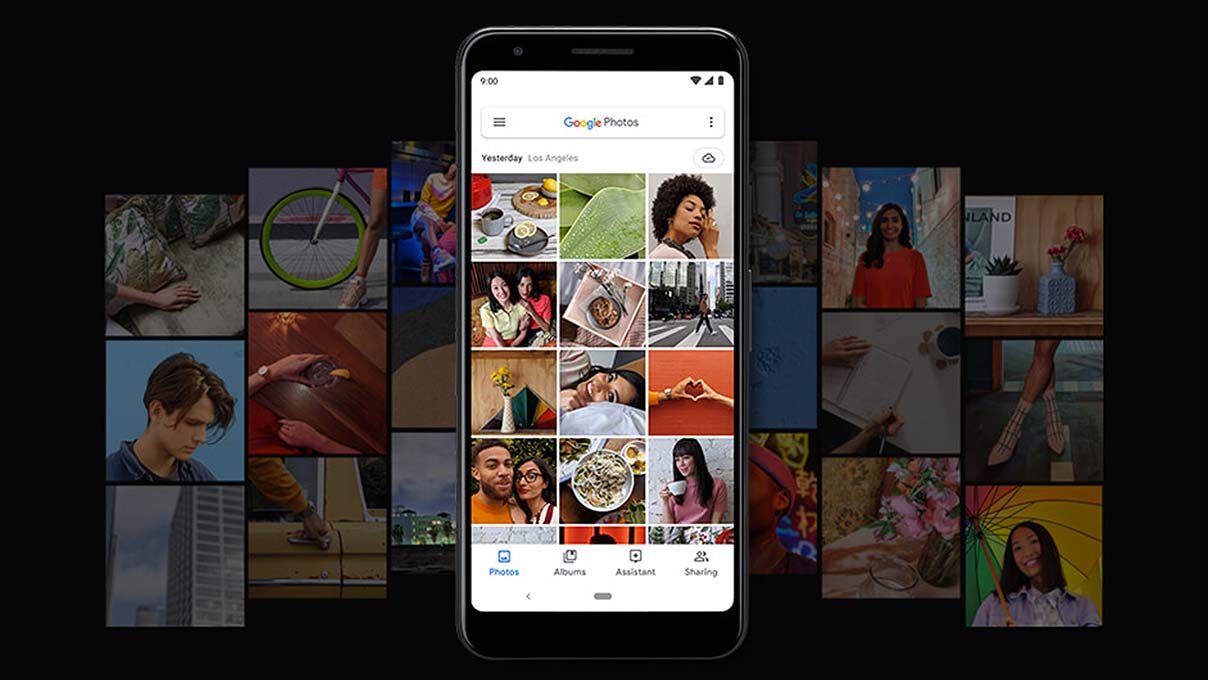It seems like it took an eternity for today’s announcements to finally happen, but lo and behold, the Pixel 4 and Pixel 4 XL are finally official. Google’s next-generation Pixel phones are quite literally two of the most leaked smartphones of all time. In fact, forget leaks and rumors, we’ve already seen several comprehensive reviews of the Pixel 4 and Pixel 4 XL smartphones, as well as some Pixel 4 video reviews that were posted on YouTube. Remember when a shipment of Pixel 3 and Pixel 3 XL prototypes was stolen in Eastern Europe last year? Well, it seems like something similar happened in Vietnam this year because most of the aforementioned reviews and videos originated in Vietnam and Thailand. While the resulting content was most often not in English, we still learned just about everything we needed to know about Google’s new Pixel 4 and Pixel 4 XL. Or did we?
Google executives took the stage in New York City on Monday morning and officially announced the new Pixel 4 and Pixel 4 XL smartphones, among other things like a new Pixelbook laptop and several next-generation smart home devices that now fall under the Nest brand. And despite all the leaks, rumors, and even in-depth reviews we’ve seen floating around the web for the past six months, Google actually did manage to save a few surprises for Tuesday’s big event.

Google’s new Pixel 4 and Pixel 4 XL feature a brand new design that’s unlike any previous smartphones in the Pixel lineup, and there are two changes in particular that are most noteworthy.
First, the signature contrasting glass panel we’ve seen on the back of every Pixel phone so far is now gone. It kept getting smaller and smaller, and was just a narrow strip at the top of the Pixel 3’s rear panel last year. Now, in 2019, it has been completely removed. Why? We can’t say for certain but it could be as simple as the fact that it would look weird with the new rear camera… with is the second big design change on this year’s Pixel phones.
For the first time ever, Google included a multi-lens rear camera on its new smartphones. Last year’s Pixel 3 phones had a dual-lens camera, but it was on the front of the device rather than the back and the second lens was for wider selfies. With the Pixel 4 and Pixel 4 XL, Google slapped new 12-megapixel and 16-megapixel cameras along with a time of flight (ToF) sensor. Around front, there’s now only a single 8-megapixel camera.
When it comes to key specs, the Pixel 4 and Pixel 4 XL share almost everything. Both phones feature the same Qualcomm Snapdragon 855 chipset (not the newer 855+), 6GB of RAM, 64GB of base storage, 3D face unlock, and the aforementioned cameras on the front and back. The biggest differences are of course display size and battery size. The Pixel 4 has a 5.7-inch OLED display with Full HD resolution and an 1800 mAh battery, while the larger Pixel 4 XL has a 6.3-inch OLED display with Quad HD resolution and a 3700 mAh battery. Both new Pixel phones feature screens with the faster 90Hz refresh that is now becoming standard on flagship smartphones, and they also both have Google’s new Motion Sense feature.
Google obviously made big improvements to the camera experience on the Pixel 4 and Pixel 4 XL, and the majority of them are software-based. HDR+ combines up to nine under-exposed photos and combines them to reduce noise, and it has a new hybrid zoom feature called “Super Res Zoom” that enhances clarity. Also impressive is a new dual-exposure control feature that lets you adjust main brightness and the brightness of shadows separately with two different sliders. Finally, the beloved Night Sight feature has been made even better on the Pixel 4 and Pixel 4 XL, and astrophotography on the new Pixel phones is incredible.

The camera quality and the instant access to new versions of Android will always be the two biggest selling points when it comes to Pixel phones, but the Pixel 4 and Pixel 4 XL have a few more nifty tricks up their collective sleeve. Among them is Motion Sense, which enables hands-free Quick Gestures so you can control your phone without touching it. It’s enabled by the first-ever radar sensor to be included in a smartphone, which is definitely a great feat of engineering. It’s hardly a revolutionary addition and it’s not going to sell any phones, but it is a pretty cool situational feature that will come in handy from time to time, like when you’re driving or cooking.
Google’s new Pixel 4 starts at $799 and the Pixel 4 XL starts at $899, each with 64GB of storage. 128GB versions of the Pixel 4 and Pixel 4 XL will cost $899 and $999, respectively. Color options are Just Black, Simply White, and Oh So Orange. Preorder availability will begin shortly and both phones are set to be released on October 24th.







